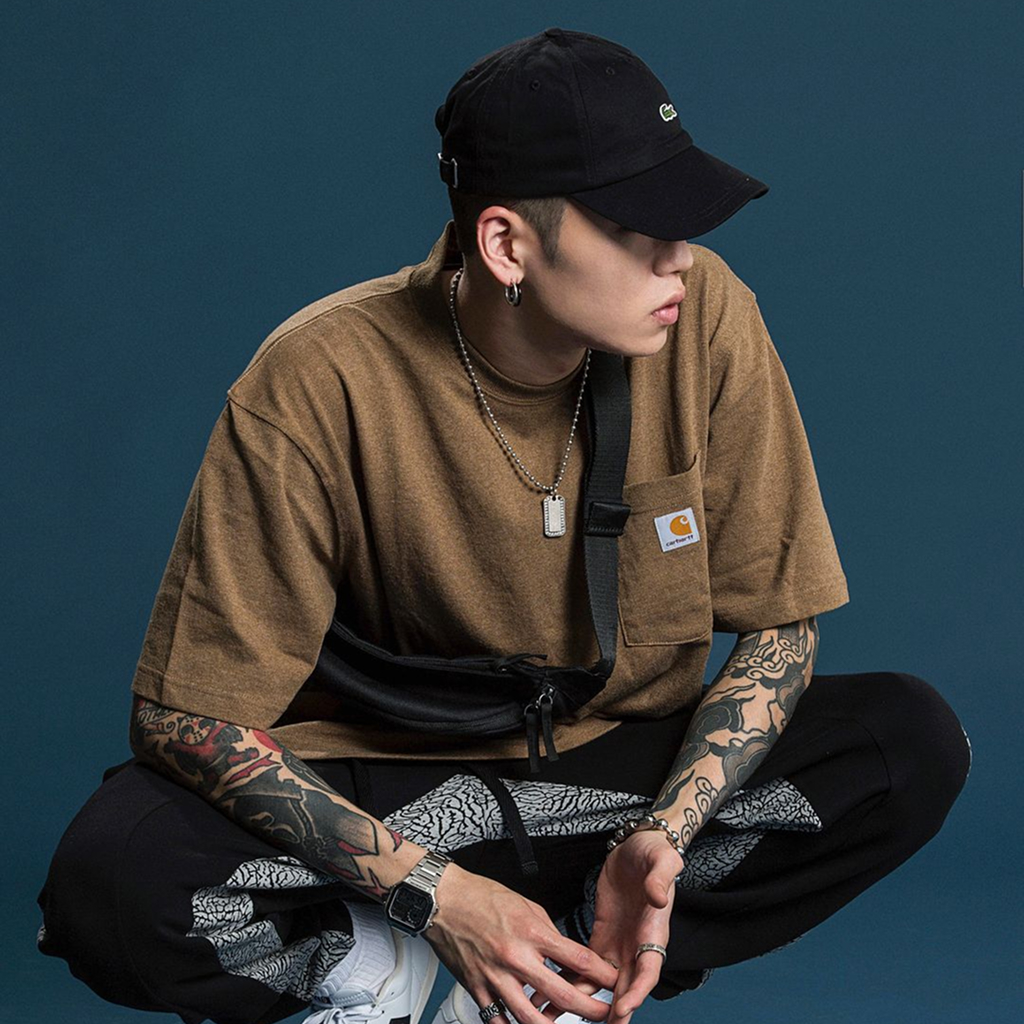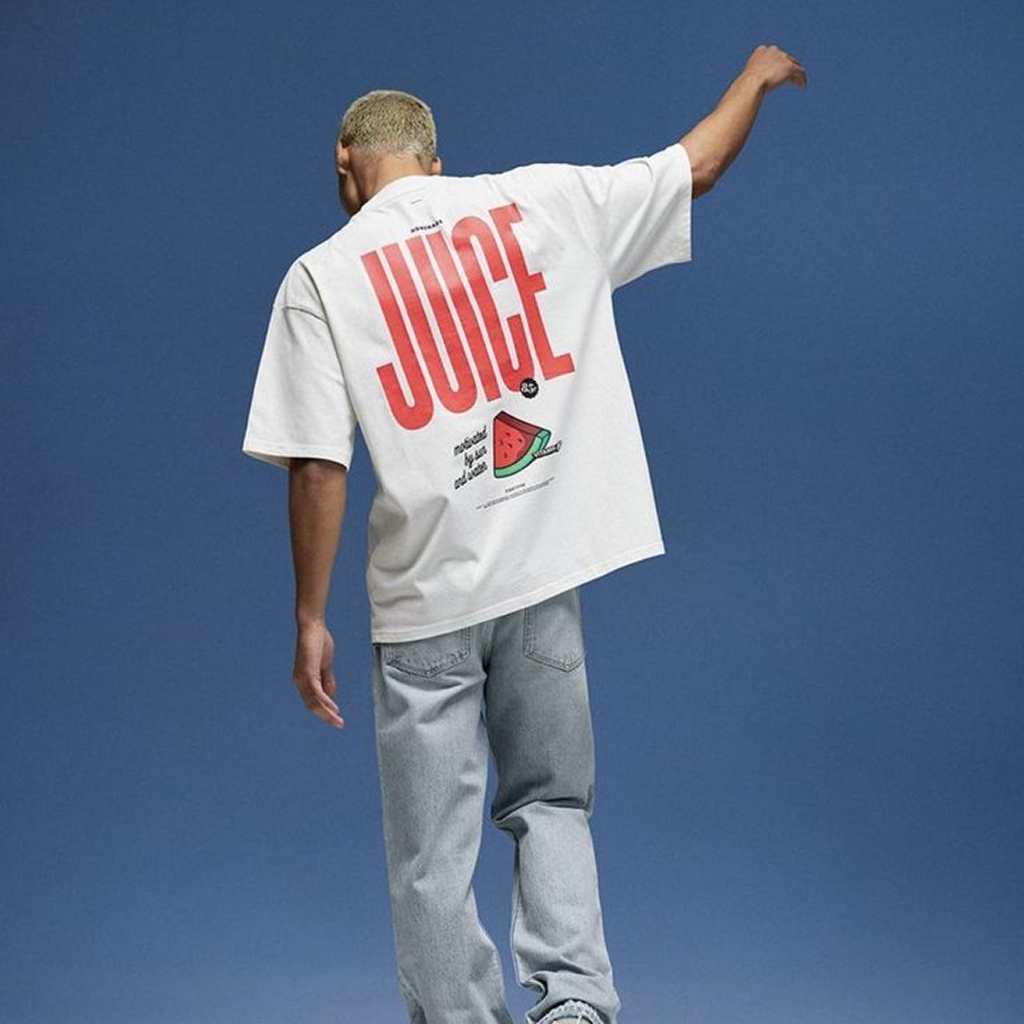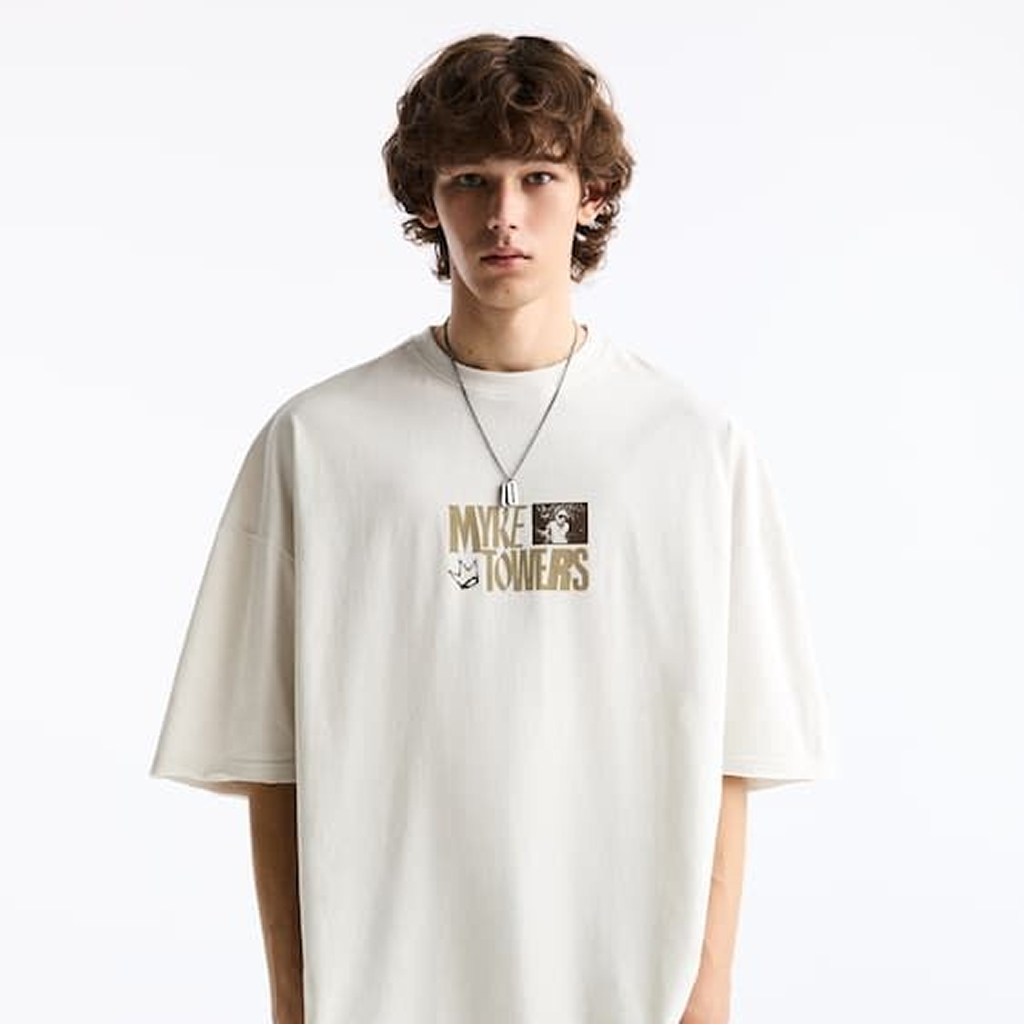When we think of luxury fashion, we often imagine tailored suits, elegant dresses, or intricate gowns—not the humble T-shirt. Yet over the past few decades, the T-shirt has undergone a remarkable transformation, evolving from utilitarian workwear to an essential part of high-fashion collections. Today, it stands proudly on runways, often carrying logos, bold designs, and avant-garde reinterpretations that redefine its purpose.
This evolution is not just about changing aesthetics. It reflects broader cultural shifts in how we view fashion, status, and self-expression. The rise of the T-shirt in high fashion proves that luxury is no longer only about formality—it’s about relevance, adaptability, and storytelling.
From Undergarment to Outerwear
The origins of the T-shirt date back to the early 20th century, when it was used primarily as underwear by soldiers and workers. It was valued for its comfort and breathability but rarely seen in public. By the mid-20th century, thanks to cultural icons like James Dean and Marlon Brando, the T-shirt began to emerge as a standalone garment associated with rebellion and youth culture.
At this point, however, it was still considered casualwear—far removed from the world of haute couture. The idea of a T-shirt appearing in a luxury runway show would have been unthinkable.
The Rise of the Logo
The transformation truly began in the late 20th century with the rise of branding. Luxury houses such as Chanel, Dior, and Versace realized that their logos could carry cultural weight far beyond accessories. Soon, T-shirts emblazoned with logos began to appear, bridging the gap between casual and luxury.
These pieces offered something revolutionary: accessibility. While not everyone could afford a couture gown or a bespoke suit, many could invest in a luxury logo T-shirt. It became a gateway into the world of high fashion, democratizing luxury without diluting its appeal.
Streetwear’s Influence on Luxury
The 1990s and early 2000s marked a turning point when streetwear collided with high fashion. Brands like Supreme, Stüssy, and A Bathing Ape popularized graphic tees as collectible fashion pieces. Their influence reached luxury designers, who saw the potential in incorporating streetwear’s relaxed silhouettes and bold designs into their collections.
The collaboration between Louis Vuitton and Supreme in 2017 solidified this shift. A T-shirt, once considered too casual for luxury, became one of the most coveted items in the collection. This collaboration blurred the boundaries between the underground and the elite, changing how the fashion industry approached basics.
The High-Fashion Reinvention
Today, nearly every major fashion house includes T-shirts in their collections. They are no longer seen as secondary items but as statement pieces. Designers elevate them with premium fabrics such as organic cotton, silk blends, and technical textiles. Cuts are reimagined—oversized silhouettes, asymmetric hems, and layered constructions transform the T-shirt into an art form.
Some luxury brands use the T-shirt as a storytelling device. Dior, for instance, has released slogan tees inspired by feminism and empowerment. Balenciaga often experiments with exaggerated proportions and political undertones. Gucci combines retro prints with eclectic styling to give its T-shirts vintage-luxury appeal.
The once-humble T-shirt now embodies the spirit of high fashion: innovation, commentary, and identity.
Celebrity Endorsement and Street Style
Another driving force behind the T-shirt’s rise in luxury is celebrity influence. Musicians, actors, and athletes have long embraced the T-shirt, but in the 21st century, it has become a red-carpet staple. A$AP Rocky, Kanye West, and Rihanna are just a few stars who have blurred the line between casual and couture, often pairing luxury T-shirts with statement accessories.
Street style during fashion weeks has also elevated the T-shirt. Influencers, editors, and models are often photographed wearing designer T-shirts styled with high heels, leather skirts, or tailored trousers. These images circulate globally, reinforcing the garment’s high-fashion credibility.
Why the Luxury T-Shirt Matters
The inclusion of T-shirts in high fashion reflects deeper cultural changes:
- Redefinition of Luxury: Luxury is no longer synonymous with exclusivity and formality. Today, it’s about cultural relevance, individuality, and making a statement.
- Accessibility: The T-shirt offers an entry point into the luxury market, allowing younger audiences to connect with heritage brands.
- Versatility: Few garments are as adaptable as the T-shirt. It can be dressed up or down, styled minimally or extravagantly, making it a perfect canvas for designers.
- Cultural Commentary: High-fashion T-shirts often carry messages—political, social, or artistic—making them more than just clothing.
Sustainability and the Future of High-Fashion T-Shirts
As conversations around sustainability grow louder, the luxury T-shirt is also evolving. Many brands now focus on organic fabrics, ethical labor practices, and long-lasting quality. A well-made T-shirt is not just a fashion statement but also a step toward conscious consumption.
Technology is also influencing the future. Digital fashion and augmented reality may soon create virtual graphic tees, merging physical fashion with the digital world. However, the tactile, everyday appeal of a real T-shirt ensures it will remain central to fashion.
Conclusion: From Basics to Icons
The journey of the T-shirt from military underwear to high-fashion statement piece is nothing short of extraordinary. It highlights fashion’s ability to transform the ordinary into the extraordinary, redefining what luxury means in modern society.
Today, the luxury T-shirt symbolizes inclusivity, cultural relevance, and creativity. It proves that true fashion innovation does not always require extravagance—sometimes, the simplest garment can carry the boldest message.
From the runways of Paris to the streets of New York, the T-shirt has found its place at the very heart of high fashion. And if history is any indication, its influence is only set to grow.



